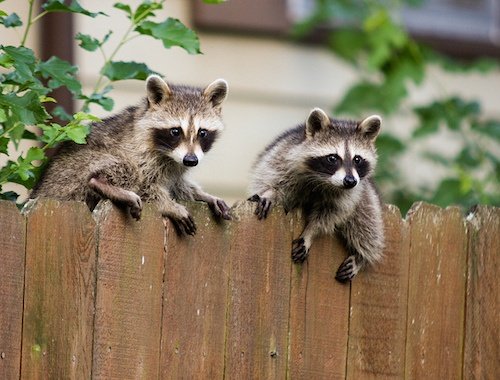If raccoons have invaded your home or property you may be thinking of going to your local hardware store to buy a live trap and using a do-it yourself method. There are some things you need to know before you decide this is the best course of action.
The Dangers of Raccoons
Although raccoons look like cute little bandits, they are actually very mean and vicious, especially when trapped. They will scratch and bite. There have even been cases where they have attacked and killed humans. Aside from carrying rabies, they can also spread salmonella and leptospirosis. They are also host to fleas and ticks. But that’s not the worst. Raccoons are carriers of Baylisascaris, a genus of roundworms.
This particular roundworm sheds its eggs in the feces of the raccoon. The eggs are extremely tiny and can become airborne. If these tiny eggs are inhaled by a human the consequences can be dire. Raccoon parasite or Baylisascaris procyonis infects fully 68 to 82% of the raccoon population. The parasite can be transferred to humans in a process called zoonoses. The parasite can also be transferred to domestic animals if they ingest the eggs.
When the animal sheds its eggs in the feces it can remain in the environment for years. With children and pets playing in the yard they can come into contact with this roundworm parasite. The symptoms are tiredness, loss of muscle coordination, blindness, coma and death if left untreated. The parasite affects the nervous system and then attacks organs. Since not many doctors are familiar with this it may be hard to diagnose.
As suburbia invades the raccoons habitat there are more frequent encounters with humans. They move from eating things in the wild to eating cat food left out for yard cats, garbage left uncovered and any opportunity food left out. They will also move into your home and attic looking for a comfortable space to nest and raise their young.
Learn more about Dumpster Etiquette: Keep Houston Pests on Their Best Behavior
Leave it to the Professionals
Trapping and removing these pests is best left to the professionals. They wear the appropriate protective gear. They are trained how to handle a wild animal, especially one that weights upwards of 35 – 40 pounds that is trying it’s best to attack you through the live trap.



